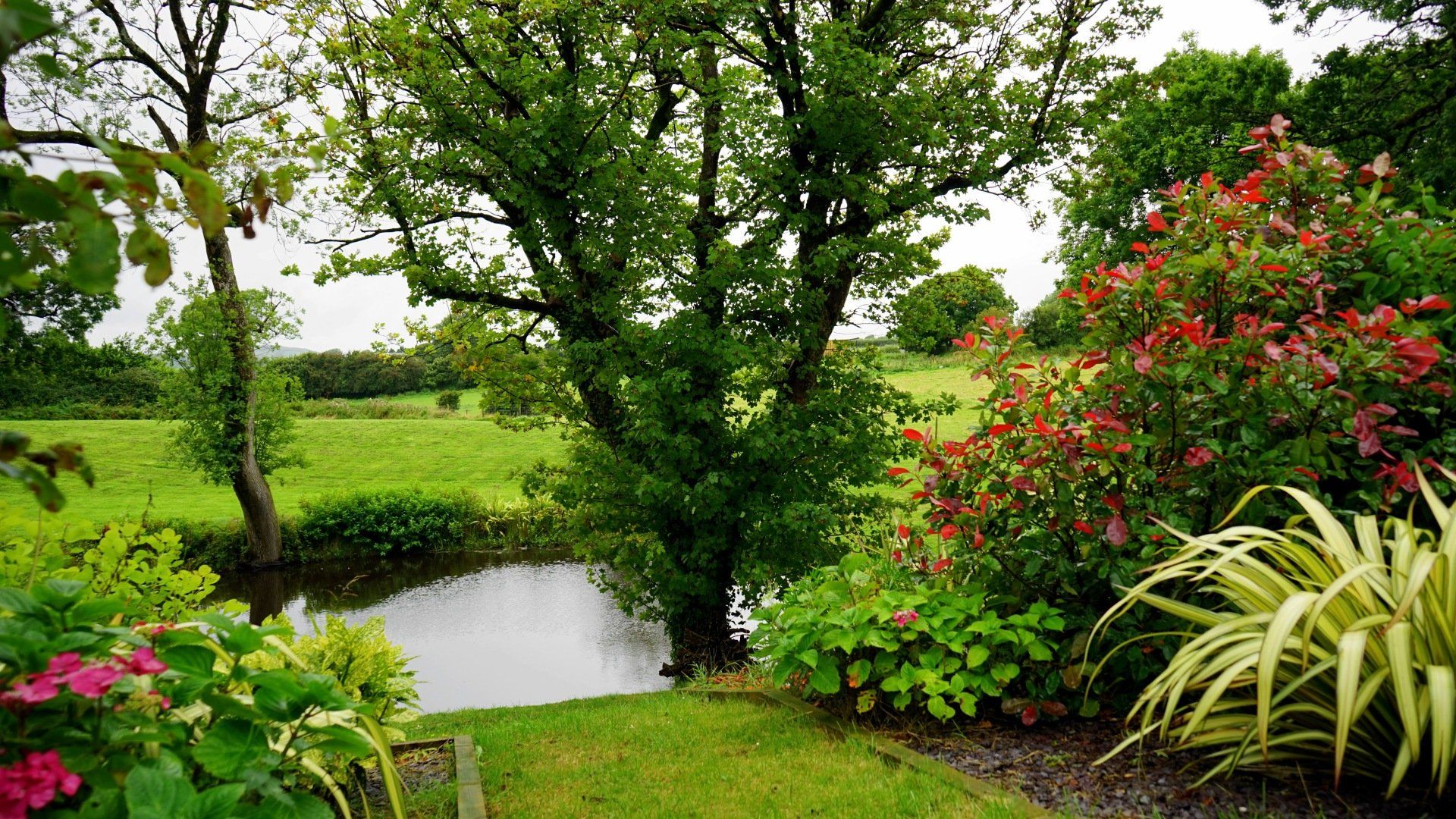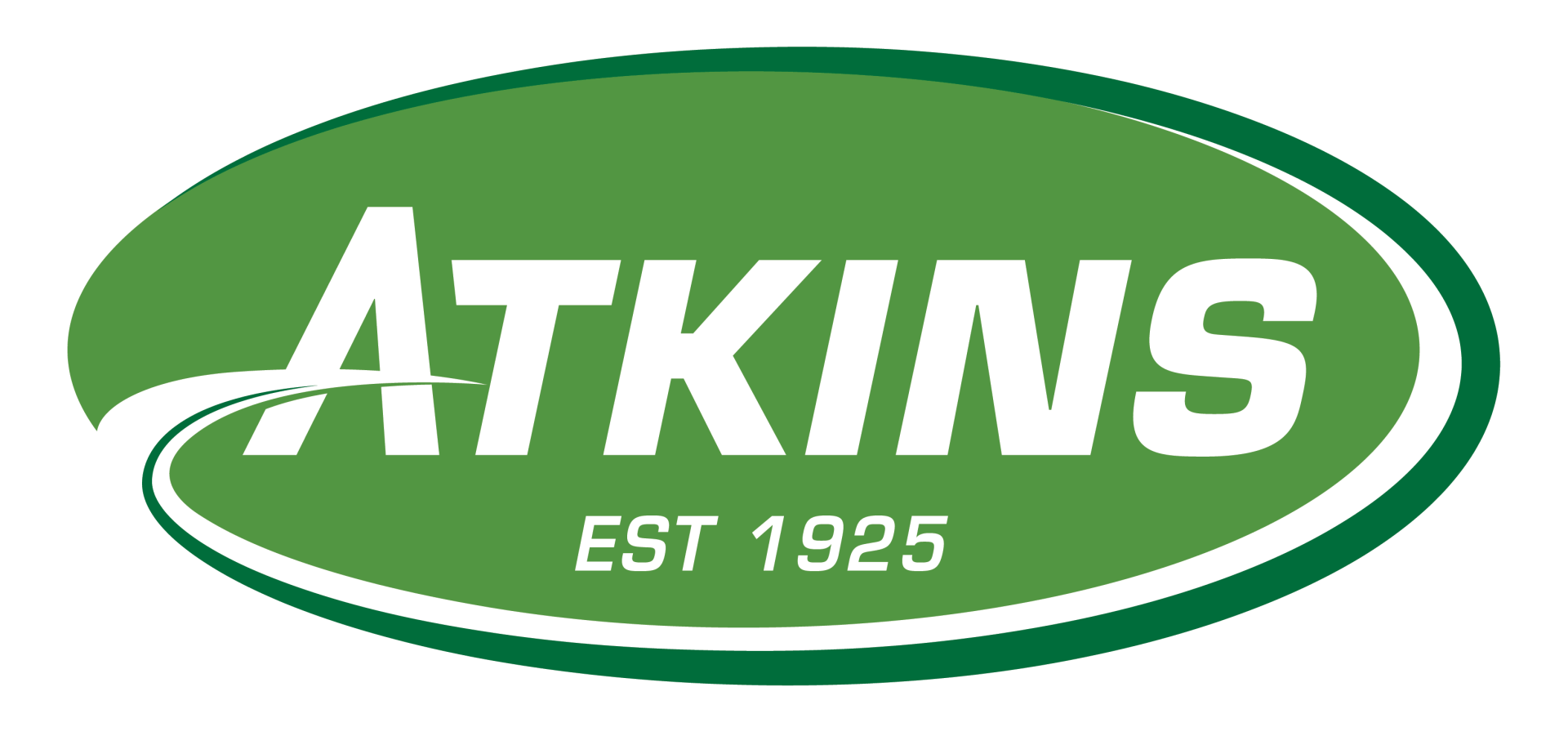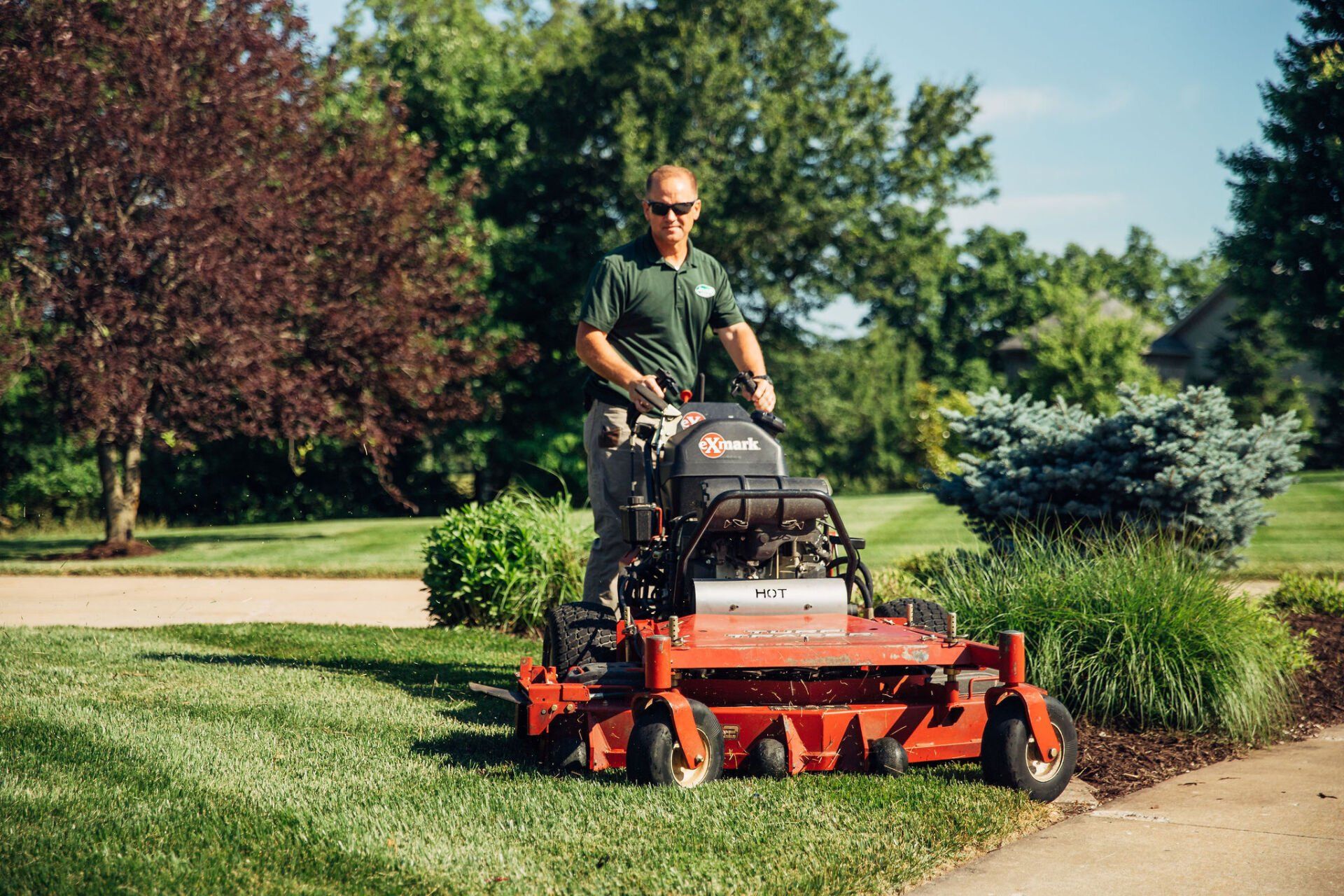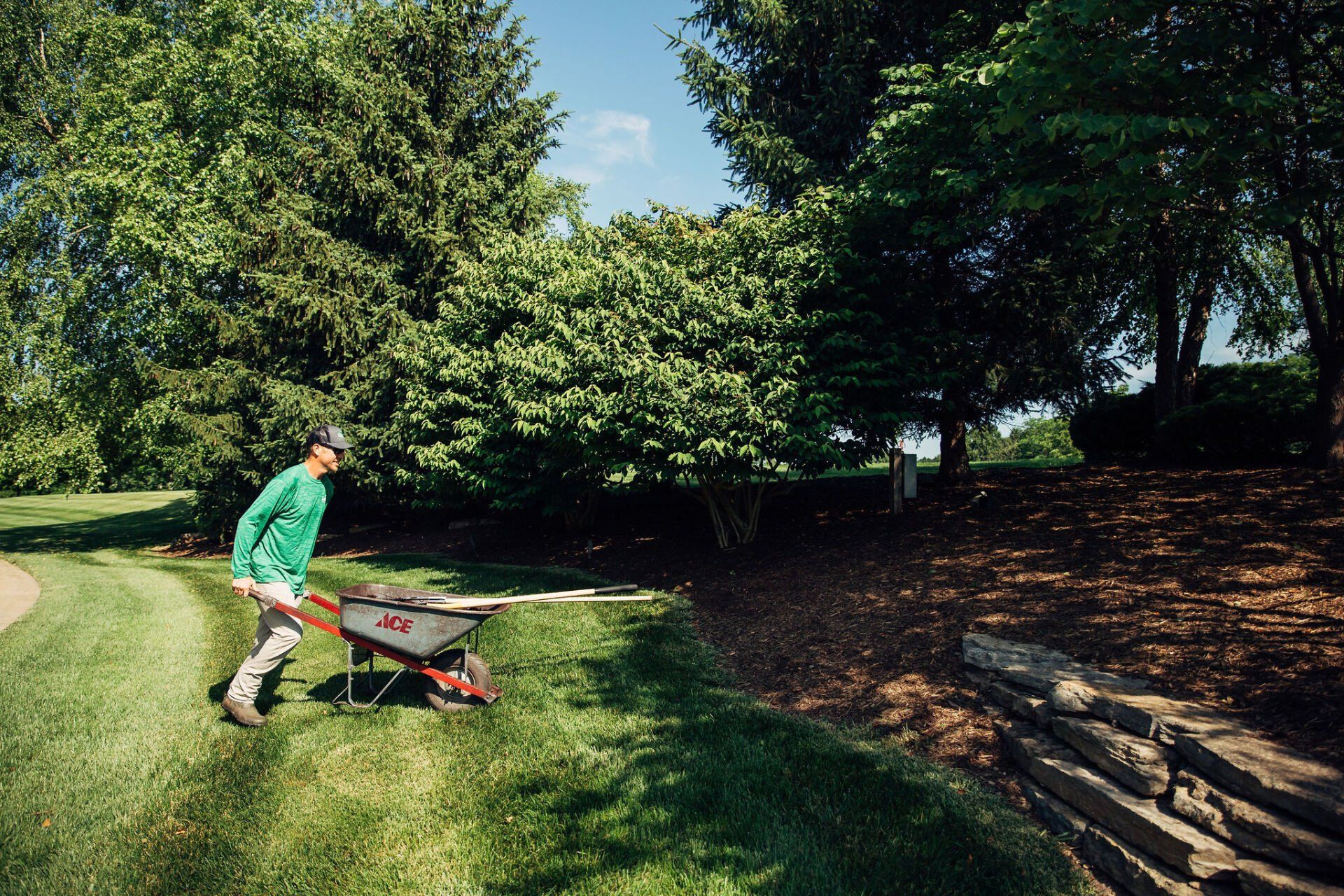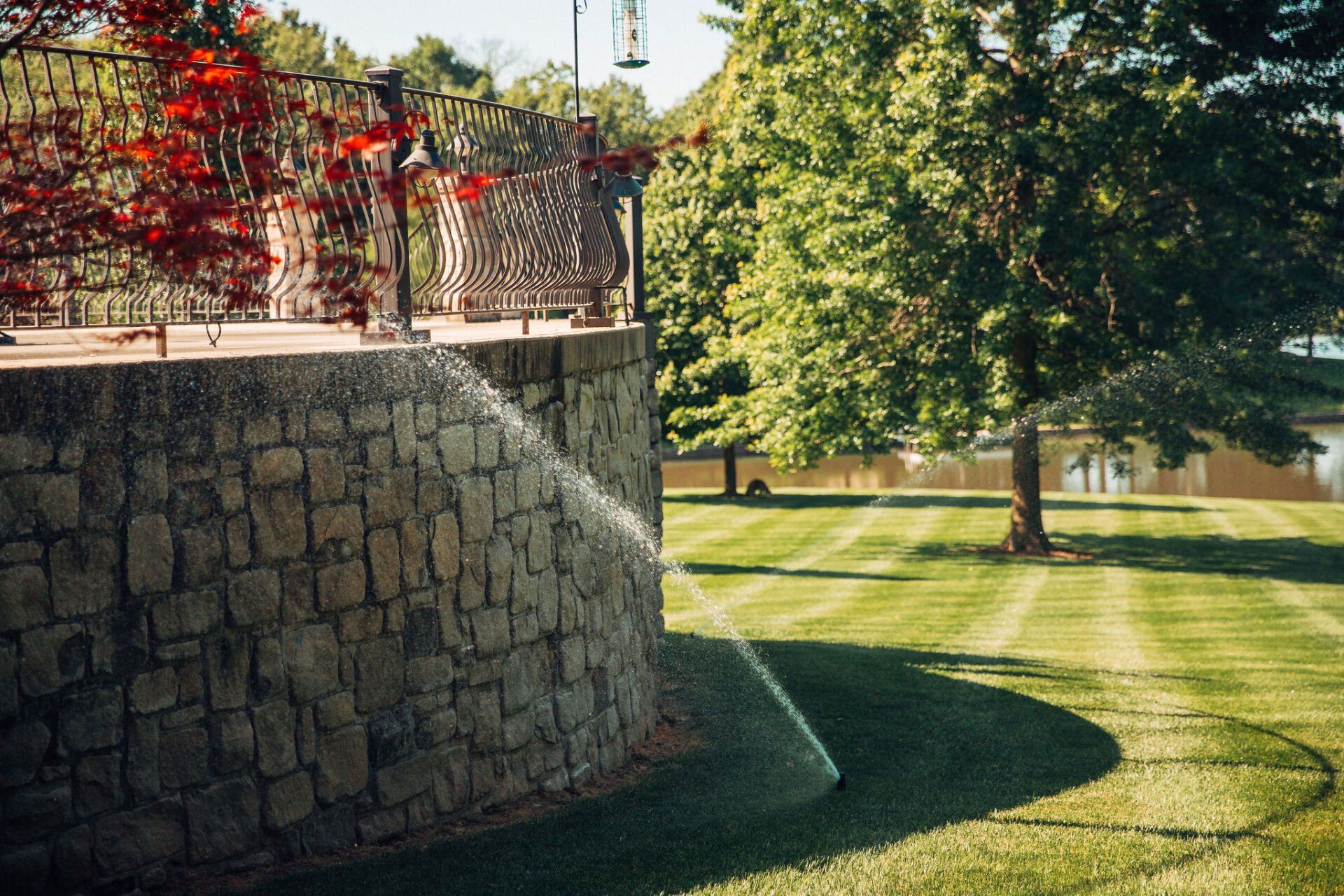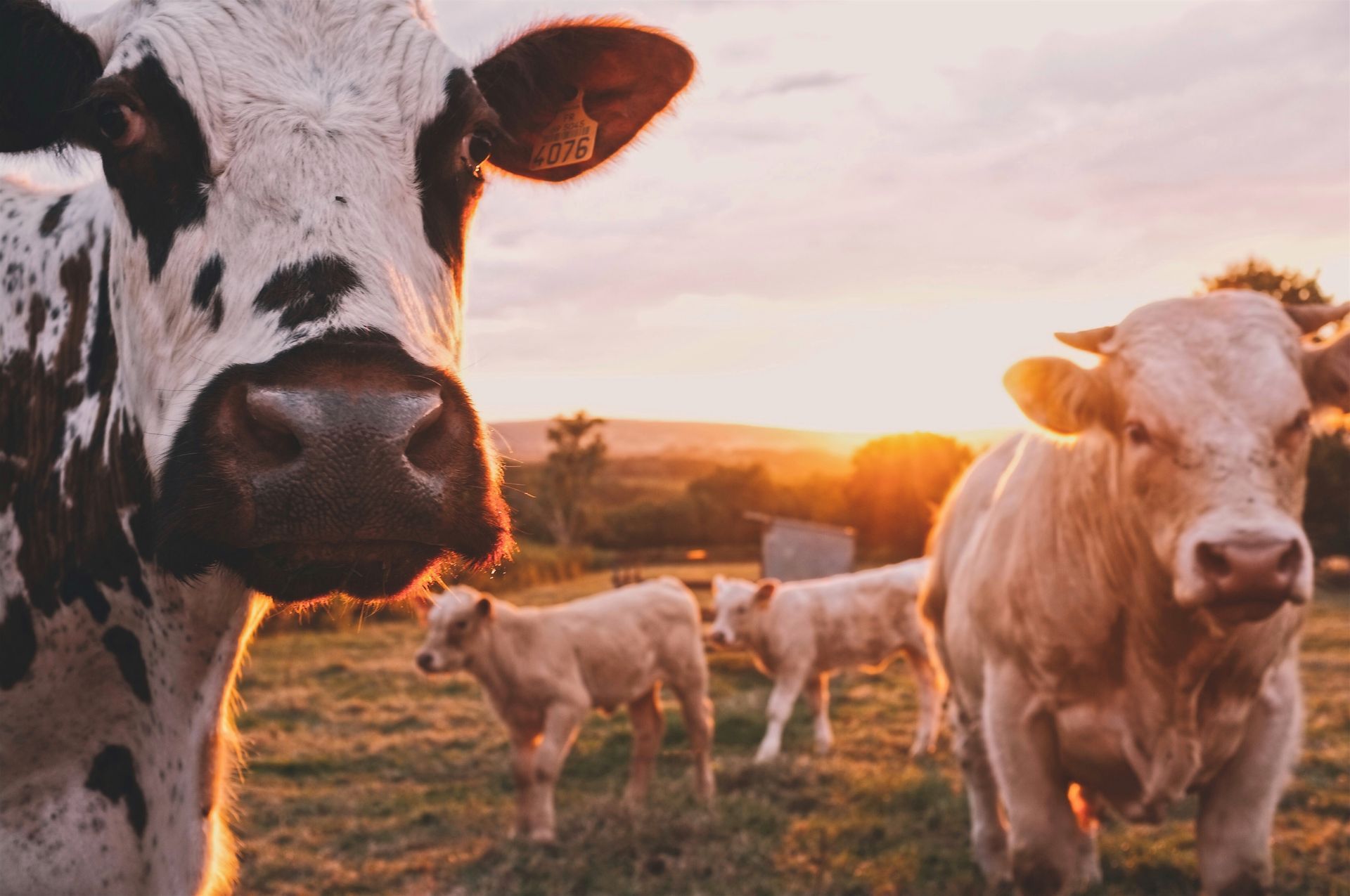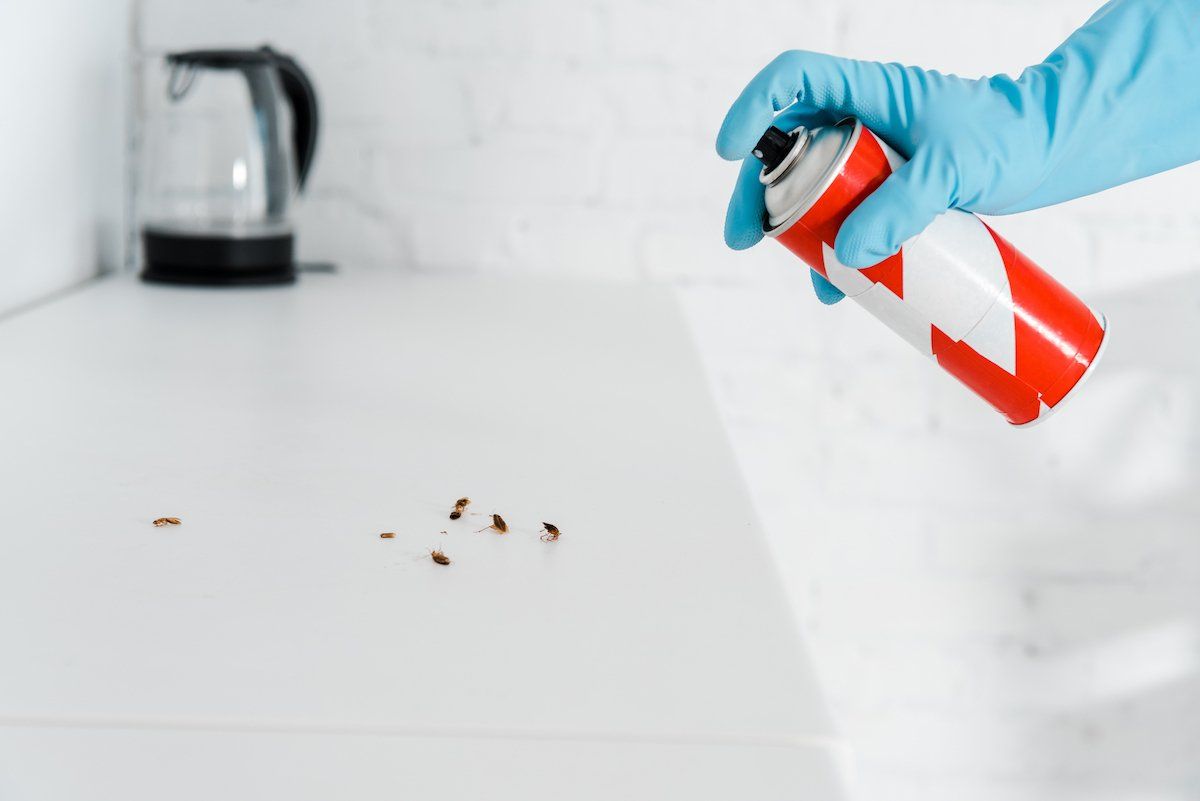GET A FREE QUOTE TODAY - CALL US (573) 874-5100
Get Smart About Your Lawn
We go through life seeing, doing and experiencing different things. We expect to learn, grow, develop skills and become more effective in whatever it is we do. If we’re lucky, we have people in our lives that help speed up this process. They’ve been there, done that and shared their wisdom. Hopefully we listened!
For me, I have had a lot of people in my life who have shared and helped me along the way. I tried to listen. I often wish I had listened more intently and asked more questions too. Some of these mentors aren’t around as much or are gone now and their knowledge and experiences with them. So, with this article I was hoping to share a few key takeaways that I have learned over the years in the Turf and Tree business and share often with our customers and with anyone else that will listen.
Mow tall and mow often
For the 95% of us that try to grow predominantly fescue lawns, this holds true. You typically don’t have to change your frequency, just mow taller when the weather dictates (June – August). Sometimes I ask customers to just mow as tall as you can stand it. Taller grass shades the soil keeping it cooler thus reducing weed pressure and stress on the turf.
If grass doesn’t want to grow there, you may just have to accept it
I’ve found that you have to really be committed to growing grass where it doesn’t want to. Lawn areas in full shade, for example. Sometimes giving in and “naturalizing” an area like this makes more sense in the long run. There are a lot of plants better suited for shade and require a lot less maintenance.
Right plant, right place
If you know your property and its issues, you will better be able to select landscape plants that will do well there. Example – Don’t plant a shade-loving plant on the southwest facing side of your house. It’s going to be too hot! Many plants call for a “well drained soil” which we often do not have with our heavy clay soils so you have to plant them a bit higher in a raised bed.
Bermudagrass is a bugger!
Although we try to manage and control bermudagrass that has found its way into many Columbia lawns, it nearly seems impossible. Controlling one type of grass within another type is tough and require multiple treatments and/or methods of control. Even when you think you’ve got it under control, it often comes back a couple of years later. Very frustrating!
Pay attention
Watch the weather and work around the rain, snow, frost, drought and wind as needed. Watch for pests and their impact on the lawn and landscape. Know what’s going on in your environment so you can plan and react accordingly.
If your soil isn’t healthy, your plants won’t be either.
Soil testing can serve as a guide to improve upon soil health. Often times we know the issue. You’re trying to grow plants in some good ‘ol Boone County clay and it’s a lot harder than you think.
Now is the time to make improvements on your lawn. September presents the best chance for filling in those thin and bare areas of the lawn. So, get out there and take advantage. And as usual, don’t hesitate to ask for help or simply for advice. We’re here to help. It’s what we do.New Paragraph
